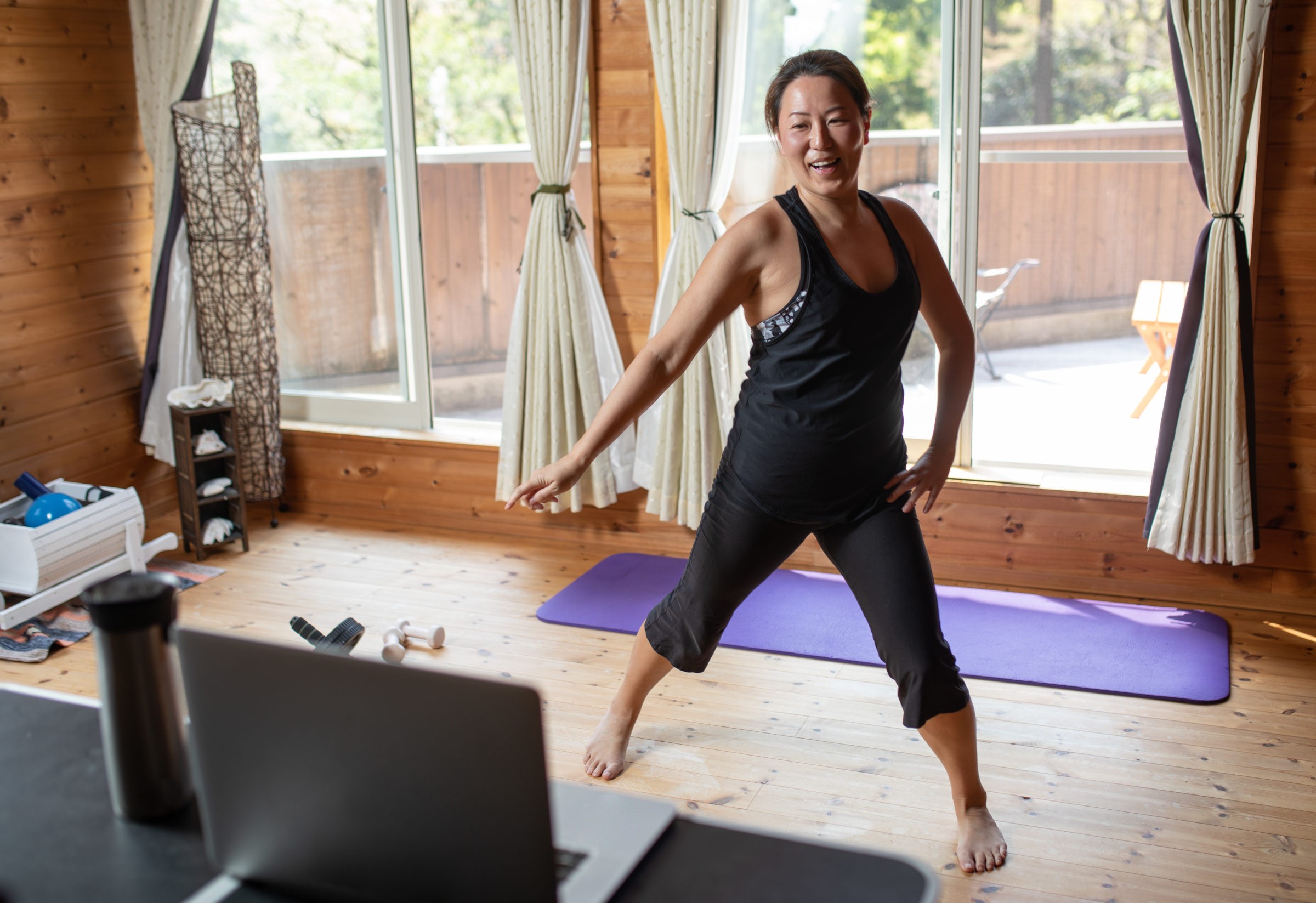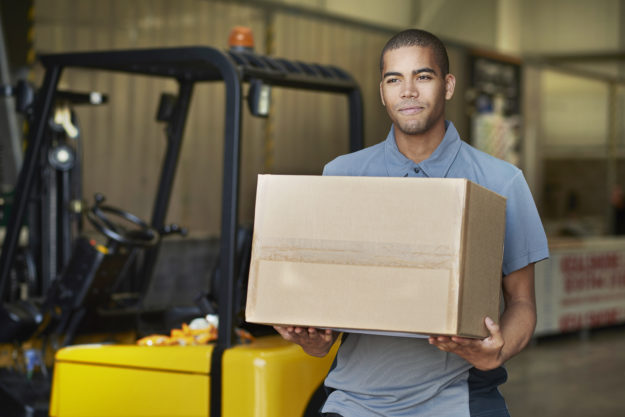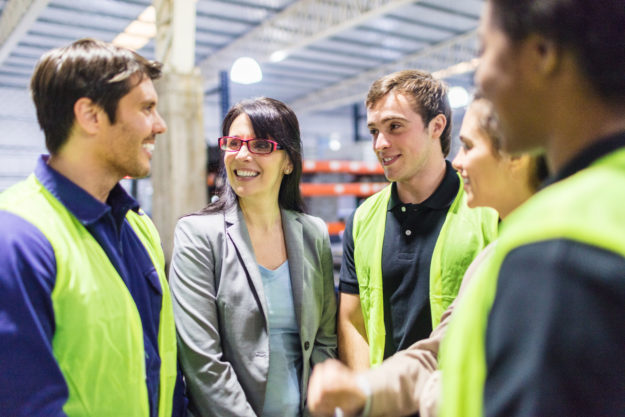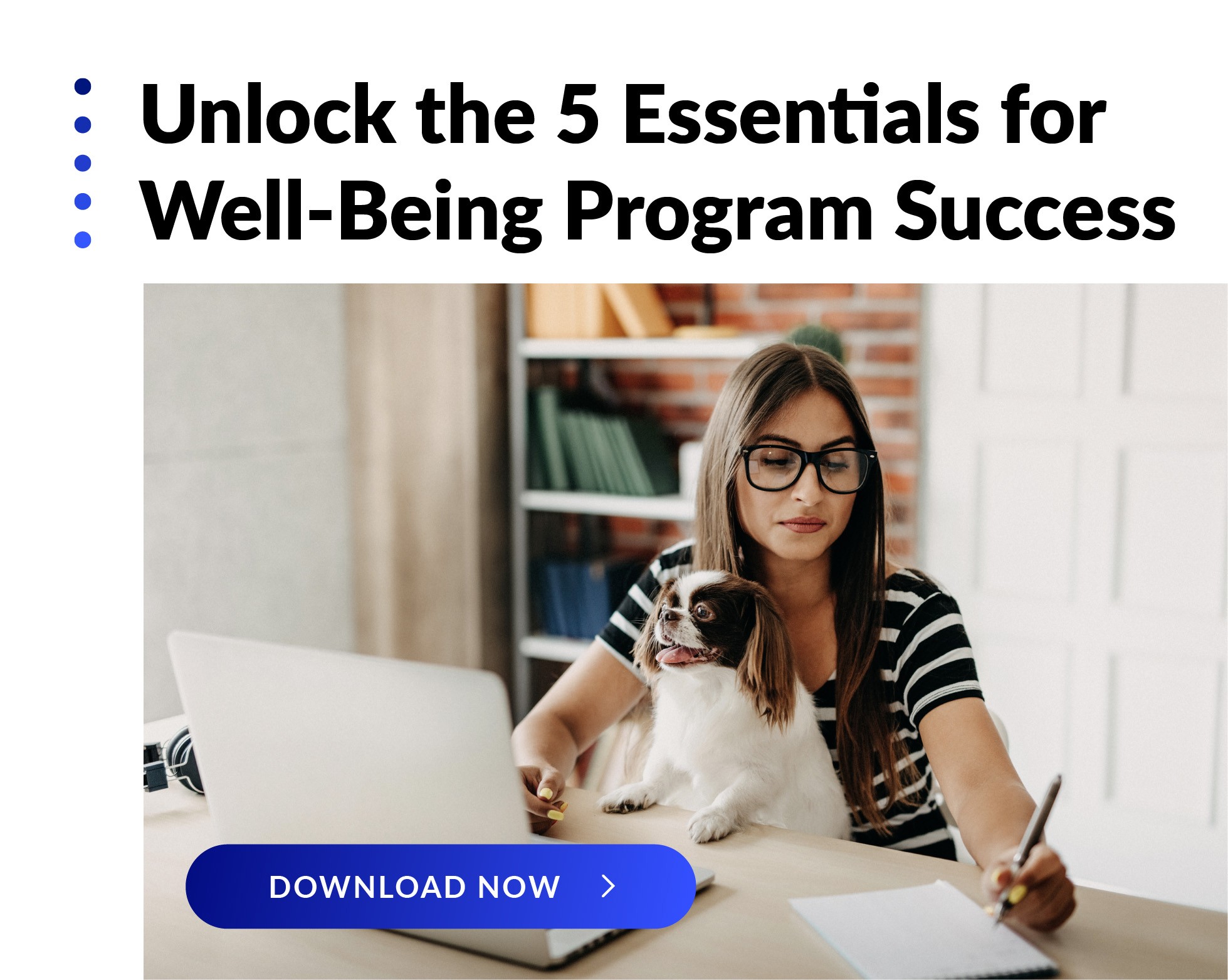 COVID-19 truly transformed how employees work and what they expect from employers when it comes to their well-being. From greater flexibility to more mental health resources to virtual fitness programming, employees now want companies to support them in their lives both inside and outside of work. Read on to learn about some of the tactics we’ve used to adapt and evolve our programming to meet these changing employee needs and empower well-being in everyone.
COVID-19 truly transformed how employees work and what they expect from employers when it comes to their well-being. From greater flexibility to more mental health resources to virtual fitness programming, employees now want companies to support them in their lives both inside and outside of work. Read on to learn about some of the tactics we’ve used to adapt and evolve our programming to meet these changing employee needs and empower well-being in everyone.
You can imagine the panic that ensued in March 2020 when our “boots on the ground” Dedicated Well-Being Services team suddenly had to transform in-person well-being programming for a new virtual reality. Our teams rose to the challenge, and now, nearly two years later, we continue to grow and evolve our offerings to respond to some massive changes in the workforce that look like they’re here to stay.
For one, it’s clear that for many full-time employees, in-person work will now be the exception, not the norm. So our virtual programming continues to grow to serve employees wherever they work. Our roles have also expanded into spaces that are a bit untraditional—like creating connections between coworkers with events and team-building, and involving families in our programming. Even the way we leverage our well-being champions has changed. So, as the saying goes, necessity truly is the mother of invention!
Here’s how our team helped organizations support their employees’ well-being needs during this transitional moment in time:
Exciting new programming to keep teams connected and morale high.
As the shock of realizing we weren’t headed back to the office anytime soon wore off, organizations started to consider what they needed to do to keep up connections between co-workers. Our team created some unique programming to help in this space:
- Special challenges to keep employees engaged, including Do Something You Love With Someone You Love Challenge, Corny Joke Challenge, Be Kind Challenge, Do Something Special for a Stranger Challenge, and How I’m Staying Healthy During the Pandemic Challenge. We featured personal stories, pictures, testimonials, and quotes in our challenge promotions for all of these to make them meaningful to each workforce.
- Virtual team-building with a new twist on the steps challenge. One of our Dedicated Well-Being Services teams created a virtual “walk to each client site” that totaled a 5K. Another team partnered with an external vendor to host a “walk across America” where employees earned points for each stop at an office location. The stops featured different incentives to encourage employees to keep moving.
- “Fun programming” like the video “coffee chats with your health coach” that were cozy and casual; virtual well-being Jeopardy games; and virtual happy hours complete with themes, costumes, and healthy snack delivery.
- 15-minute wellness webinars on timely topics like Finding Humor During Difficult Times, Adjusting to the New Normal, Immune Boosting Foods, Enjoying the Holidays While Staying Safe During the Pandemic, and Getting Organized While Working from Home. These webinars were interactive, giving employees a chance to share and connect.
Ways to get the whole family in on the action.
Work-life balance gained a whole new meaning when suddenly our homes became our workplace and, for parents, home also became school. Rather than trying to separate it all, we embraced it with well-being programming that the whole family could participate in.
We invited kids to join group fitness and yoga classes, held family cooking demonstrations with our dietitians, and hosted daily movement breaks so everyone could get away from their desks. Feedback was super-positive. Participants shared that during this difficult time, these daily breaks in routine were something they could control and look forward to.
An opportunity to engage more participants in well-being than ever before.
Before the pandemic, opportunities to engage in healthy activities might have been limited by whether an employee’s work location offered onsite well-being programming, or other factors like a long commute at the end of the workday. When our team shifted their programming to a virtual setting, one of our clients—a large financial services organization—suddenly had the chance to deliver well-being programming to every single employee across the U.S.
Engagement in the organization’s well-being program soared with new offerings like Well-Being Tapestry, Mindful Moments, Healthy Returns, Virtual 5K, Live Virtual Yoga, Strides for Impact (a charity-focused event), cooking demos, and more. This client increased its well-being programming distribution list from 8,000 to over 20,000 members and added 1,900 new members to its “healthy living community.” Talk about turning lemons into lemonade!
A new way to leverage well-being champions.
When our well-being champions at a global industrial client transitioned to remote work, we had to get creative to keep both champions and employees engaged. Here’s what we did:
- Recruited more well-being champions. We added 54 people to the champion network to spread the well-being word and get people excited about new programming.
- Instituted regular video chats between our staff and well-being champions to keep up the enthusiasm.
- Held more virtual events that were heavily promoted by well-being champions like Lunch & Learns, fitness classes, business unit walks, and more. At one point, we offered over 300 activities!
- Implemented curb-side promotion programs where employees could stop by at a safe distance and learn about the champion network and the well-being program as a whole.
- Leveraged internal social media channels to promote well-being activities, recruit new champions, and used Facebook live video to host events like Walking With Your Wellness Coordinator, Cooking With Your Wellness Coordinator, and Creating Art With Your Wellness Coordinator.
- Used video to highlight successes and provide instructions. Well-being champions created videos to share employee success stories and gratitude reels. They also created short how-to videos to help employees navigate the well-being portal and complete the health assessment.
- Focused on mental health with e-newsletter issues called the “Calm Edition,” mental health podcasts, and webinar topics like treating anxiety during COVID-19, how to cope with the pandemic, and emotional eating.
Now that remote work seems here to stay, we’re continuing to evolve the well-being champion role with toolkits that help champions support employee well-being whether they’re onsite, remote, or a combination of both.
Pitching in to help a client with flu vaccinations.
For one of our clients—a large manufacturing organization—making sure employees get the annual flu vaccine is a big priority. But last year, the pandemic made this challenging. Enter our Dedicated Well-Being Services. We partnered with the client’s plant medical nurses and healthcare vendors—including hospitals, labs, and pharmacies—to host over 170 onsite flu shot clinics and eight drive-thru clinics for employees and their families.
The results were phenomenal. The 2020 flu vaccine campaign vaccinated close to 26,000 employees and their families all across the U.S. It’s a great example of how our team listened to what was most pressing for a client and pitched in during an incredibly challenging time.
Using pulse surveys to zero in on what employees want most.
Pulse surveys have become a very popular way to get quick employee feedback. During the pandemic, we wanted to learn more about how we could keep our well-being incentives relevant in the new world of remote work. So we asked employees exactly what they wanted. We found that employees are motivated by items they need to stay active and healthy at home: new walking/running shoes; workout gear; home fitness equipment; and discounts on gym fees and virtual fitness classes.
We are constantly evolving our well-being programming to meet changing employee and employer needs, but the pandemic put that into overdrive. We’re proud of how our teams came together quickly to solve client problems and expand offerings to even more participants. And we’re excited to continue our partnership with clients to embrace these changes and ensure that each individual gets what they need most from their well-being program.




